CD79B Products
CD79B (also known as B29, Ig beta and B cell antigen receptor complex-associated protein beta-chain) is a 37-39 kDa member of the Ig-Superfamily. It is expressed on B cells, and forms a covalent heterodimer with CD79A. This complex interacts noncovalently with membrane Ig, forming the B cell antigen receptor. Within this complex, membrane Ig detects antigen while CD79A/B initiates signaling. CD79B is also required for formation of pre-B cells during B cell development. Mature mouse CD79B is a 203 amino acid (aa) type I transmembrane glycoprotein (aa 26-228). It contains an extracellular region with one V-type Ig-like domain (aa 41-132) and an ITAM-containing cytoplasmic domain (aa 181-228). CD79B may migrate as two bands in SDS-PAGE. One defines the standard 37 kDa form, while a second represents one of two possible isoforms, the first of which is an underglycosylated full-length CD79B, and the second of which is an alternative splice form that likely lacks the C-terminal 32 amino acids. Mouse CD79A and CD79B share only 24% aa identity. Over aa 29-158, mouse CD79B shares 54% and 78% aa identity with human and rat CD79B, respectively.
312 results for "CD79B" in Products
312 results for "CD79B" in Products
CD79B Products
CD79B (also known as B29, Ig beta and B cell antigen receptor complex-associated protein beta-chain) is a 37-39 kDa member of the Ig-Superfamily. It is expressed on B cells, and forms a covalent heterodimer with CD79A. This complex interacts noncovalently with membrane Ig, forming the B cell antigen receptor. Within this complex, membrane Ig detects antigen while CD79A/B initiates signaling. CD79B is also required for formation of pre-B cells during B cell development. Mature mouse CD79B is a 203 amino acid (aa) type I transmembrane glycoprotein (aa 26-228). It contains an extracellular region with one V-type Ig-like domain (aa 41-132) and an ITAM-containing cytoplasmic domain (aa 181-228). CD79B may migrate as two bands in SDS-PAGE. One defines the standard 37 kDa form, while a second represents one of two possible isoforms, the first of which is an underglycosylated full-length CD79B, and the second of which is an alternative splice form that likely lacks the C-terminal 32 amino acids. Mouse CD79A and CD79B share only 24% aa identity. Over aa 29-158, mouse CD79B shares 54% and 78% aa identity with human and rat CD79B, respectively.
| Reactivity: | Mouse |
| Details: | Sheep IgG Polyclonal |
| Applications: | WB, Flow, CyTOF-ready, ICC |
| Reactivity: | Human |
| Details: | Rabbit IgG Polyclonal |
| Applications: | IHC, WB, ICC/IF |
| Reactivity: | Human |
| Details: | Sheep IgG Polyclonal |
| Applications: | WB, Flow, CyTOF-ready |
| Reactivity: | Mouse |
| Details: | Rat IgG2a Monoclonal Clone #735451 |
| Applications: | Flow, CyTOF-ready, ICC |
| Reactivity: | Human |
| Details: | Mouse IgM Monoclonal Clone #683023 |
| Applications: | Flow, CyTOF-ready |
| Reactivity: | Human |
| Details: | Mouse IgM Monoclonal Clone #683023 |
| Applications: | Flow |
| Source: | CHO |
| Accession #: | P40259-1 |
| Reactivity: | Mouse |
| Details: | Rat IgG2a Monoclonal Clone #735451 |
| Applications: | Flow |
| Reactivity: | Human |
| Details: | Mouse IgM Monoclonal Clone #683023 |
| Applications: | Flow |
| Reactivity: | Human |
| Details: | Mouse IgM Monoclonal Clone #683023 |
| Applications: | Flow |
| Reactivity: | Human |
| Details: | Mouse IgM Monoclonal Clone #683023 |
| Applications: | Flow |
| Reactivity: | Mouse |
| Details: | Rat IgG2a Monoclonal Clone #735451 |
| Applications: | Flow |
| Reactivity: | Human |
| Details: | Mouse IgM Monoclonal Clone #683023 |
| Applications: | Flow |
| Source: | CHO |
| Accession #: | P15530 |
| Reactivity: | Mouse |
| Details: | Armenian Hamster IgG1 Monoclonal Clone #HM79-12 |
| Applications: | WB, Flow |
| Reactivity: | Mouse |
| Details: | Rat IgG2a Monoclonal Clone #735451 |
| Applications: | Flow |
| Reactivity: | Mouse |
| Details: | Rat IgG2a Monoclonal Clone #735451 |
| Applications: | Flow |
| Reactivity: | Human |
| Details: | Mouse IgM Monoclonal Clone #683023 |
| Applications: | Flow |
| Reactivity: | Human |
| Details: | Mouse IgM Monoclonal Clone #683023 |
| Applications: | Flow |
| Reactivity: | Mouse |
| Details: | Rat IgG2a Monoclonal Clone #735451 |
| Applications: | Flow |
| Reactivity: | Mouse |
| Details: | Rat IgG2a Monoclonal Clone #735451 |
| Applications: | Flow |
| Reactivity: | Mouse |
| Details: | Armenian Hamster IgG Monoclonal Clone #HM79-11 |
| Applications: | IHC, WB, Flow, IP |

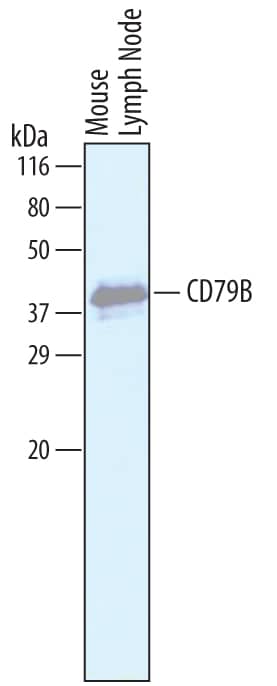

![Western Blot: CD79B Antibody [NBP1-88945] Western Blot: CD79B Antibody [NBP1-88945]](https://resources.bio-techne.com/images/products/CD79B-Antibody-Western-Blot-NBP1-88945-img0009.jpg)
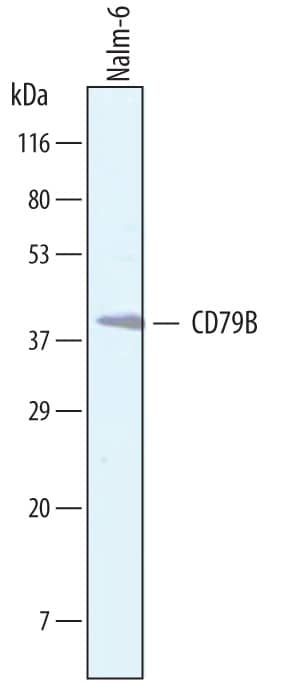
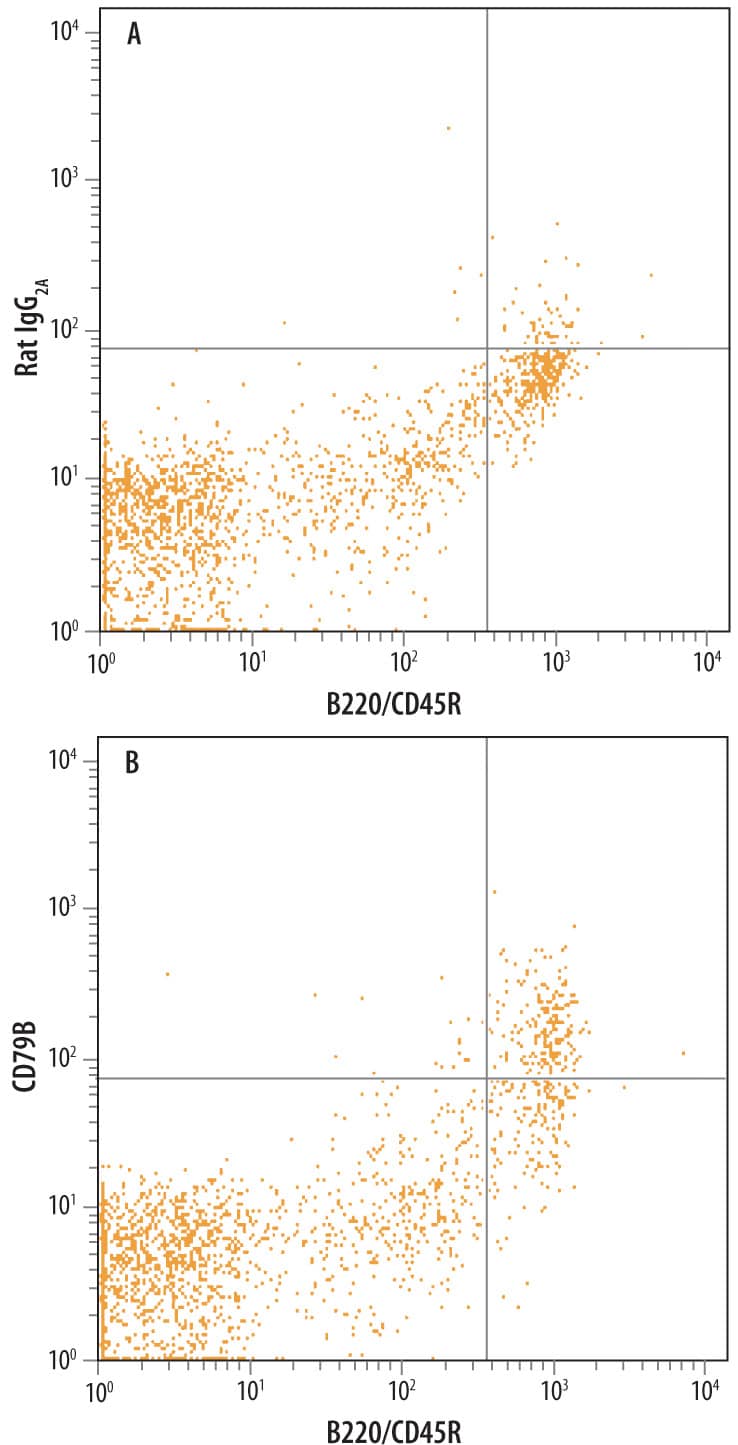
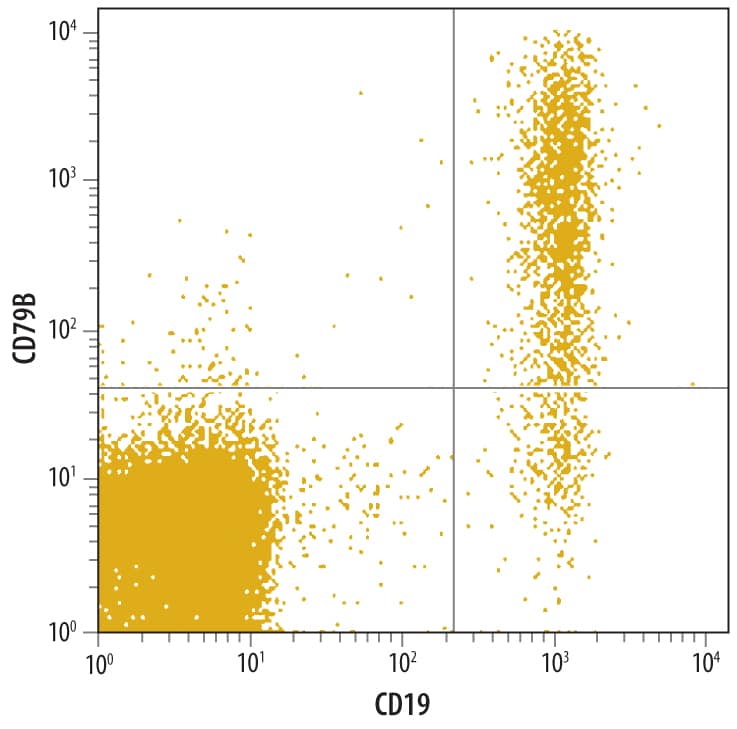

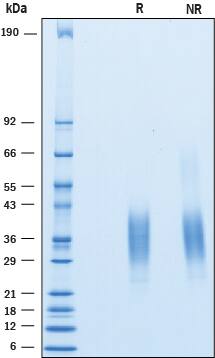

![Flow Cytometry: CD79B Antibody (HM79-12) - Azide and BSA Free [NBP1-28140] Flow Cytometry: CD79B Antibody (HM79-12) - Azide and BSA Free [NBP1-28140]](https://resources.bio-techne.com/images/products/CD79B-Antibody-HM79-12-Flow-Cytometry-NBP1-28140-img0004.jpg)

![Flow Cytometry: CD79B Antibody (HM79-11) - BSA Free [NB100-65611] Flow Cytometry: CD79B Antibody (HM79-11) - BSA Free [NB100-65611]](https://resources.bio-techne.com/images/products/CD79B-Antibody-HM79-11-Flow-Cytometry-NB100-65611-img0002.jpg)